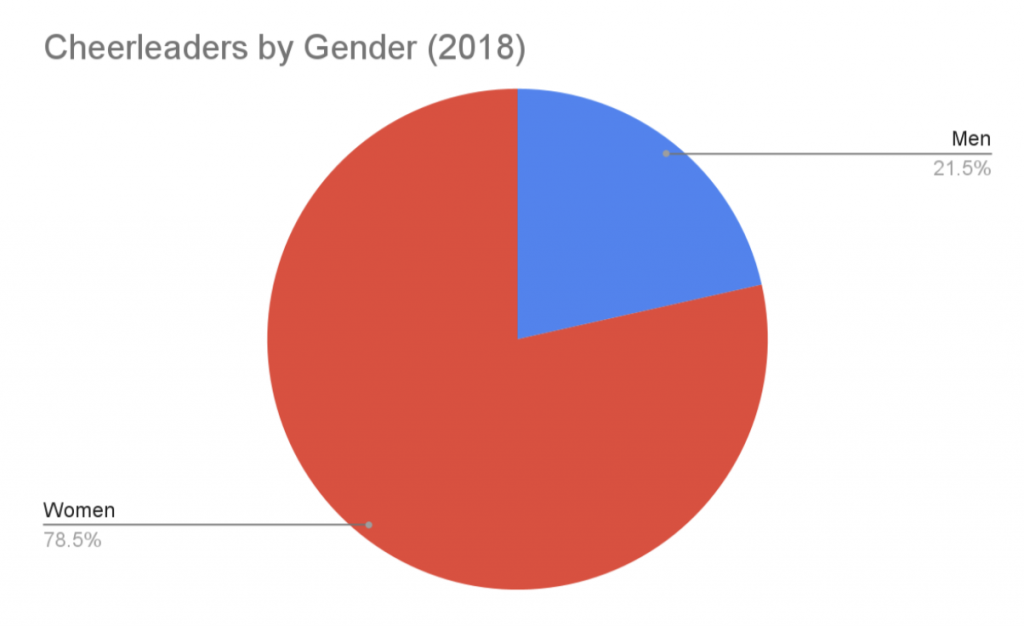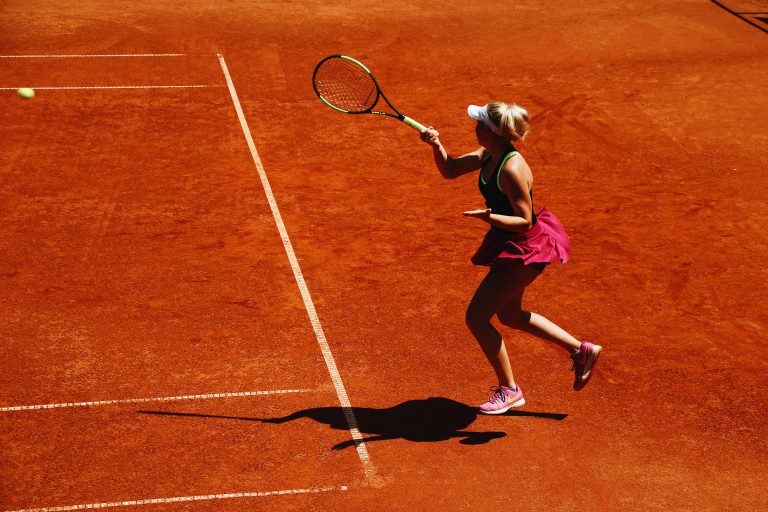The Diversity & Challenges of the Rising Sport of Competitive Cheerleading
When people think about cheerleading, they often think of how it has been portrayed in movies historically. Filled with the popular pretty girls who date the football players, cheerleading was seen as an “activity” rather than a competitive sport for young women. However, over the past two to three decades, cheerleading has cleaved into two sects: stereotypical cheerleading and competitive cheerleading. Competitive cheerleading is easily one of the most physically demanding sports a person can endure. It has attracted strong, talented young men and women to its arena.
How Has Cheerleading Progressed Over Time?
Competitive cheerleading had a groundbreaking moment in July of 2021 when the International Olympic Committee (IOC) voted in favor of granting full recognition to the International Cheer Union (ICU) and cheerleading according to an article by Fox Sports. This is long overdue for cheerleading. While cheerleading is most popular in the United States, it has grown beyond its borders. The United Kingdom has seen a rise in competitive cheerleading in recent years. As more countries continue to import competitive cheerleading, it will grow in popularity.
USA Cheer was very happy when asked about the news. According to Lauri Harris, Executive Director at USA Cheer, “Cheerleading is one of the most diverse activities and one of the most inclusive sports out there.” She said that cheering has helped to “open the door for athletes at all levels, all shapes and sizes, ethnicities, boys and girls.”
How Diverse is Cheerleading?
One of the beautiful things about competitive cheerleading is it’s a coed sport. This means that both men and women get to compete together as one team. While the sport is predominantly women, more men join the sport every year. According to a study by the Sports & Fitness Industry, 21.8% of all cheerleading participants in 2018 were men. This includes cheerleading at the grade-school age and professional level age. And according to a UCLA study, that number rises to 50% when reporting for college-level teams.

Unfortunately, people do not view cheerleading as a “real” sport. Many people don’t see it as brutal and physically demanding as other sports such as American football. Time Magazine wrote an article about cheerleading due to the rise in popularity of the Netflix show Cheer. The show portrays the harsh reality of cheerleading: it harbors the “toughest” athletes. A study done by the National Center for Catastrophic Sport Injury Research at UNC-Chapel Hill found that for both high school and college athletes, “the number of female cheerleaders’ direct catastrophic injuries … was second only to football players, based on data taken annually from 1982 to 2018.” All of this, yet cheerleading is still not officially recognized as a sport by the NCAA nor the U.S. federal Title IX guidelines.
What are Some Roadblocks for Competitive Cheerleading?
Although cheerleading in college is not the same as competitive cheerleading, they are similar. And often, a person who competes in one also competes in the other. But none of this matters when a competitive cheerleader wishes to go to college. This is because the NCAA does not recognize it as a sport. None of the cheerleaders you see at games can receive a full-ride scholarship for cheerleading like many athletes for other sports receive. This disproportionately affects people of lower socioeconomic backgrounds, including minority communities. The issue leads to less diverse athletes pursuing cheerleading. They know that the avenues cheerleading can take them down are narrow compared to other officially recognized sports.
Perhaps as more men enter competitive cheerleading, the NCAA and U.S. federal Title IX guidelines will change their stance on cheerleading not being considered a sport. Until change occurs, we will continue to see fewer people from underprivileged backgrounds pursue the sport of cheerleading.






